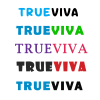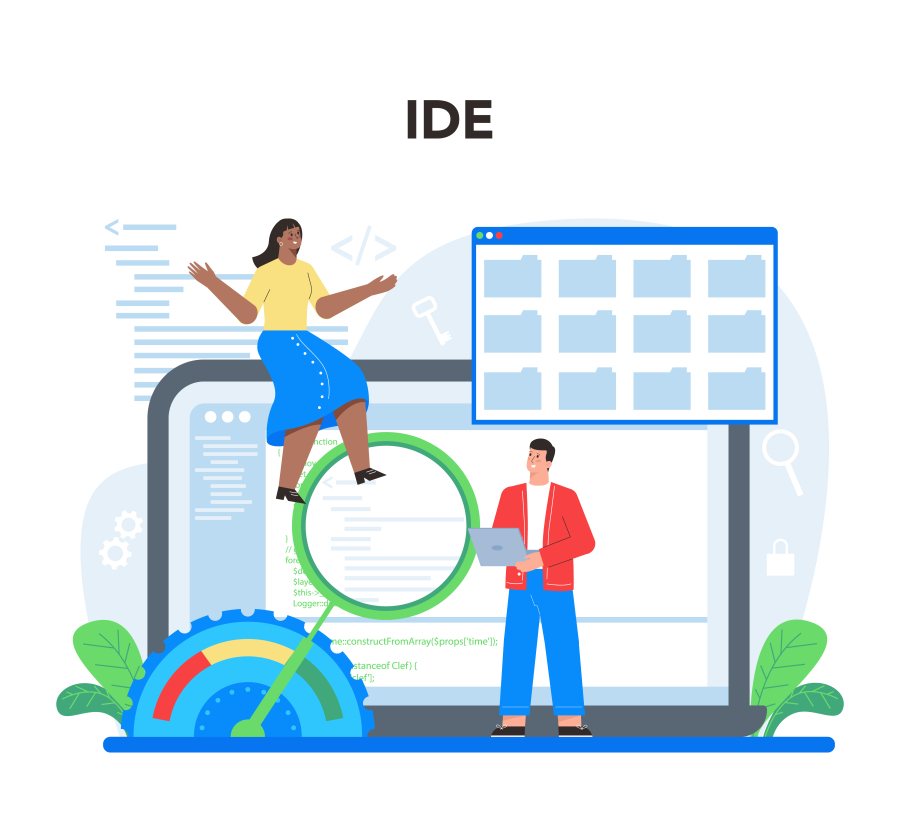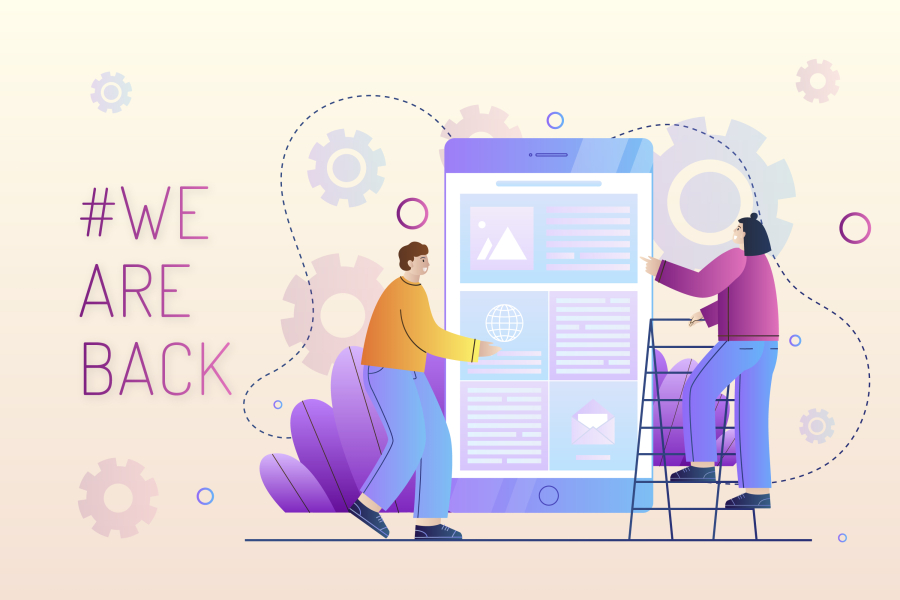How to Create a Client Onboarding Process
A well-structured client onboarding process is crucial for freelancers and businesses to build trust, set expectations, and ensure smooth project execution. Onboarding isn’t just about welcoming a new client—it’s about establishing a professional relationship that leads to long-term success.
At FreelancerBridge, we believe that an efficient onboarding system helps freelancers manage projects effectively, improve communication, and reduce misunderstandings. In this guide, we’ll explore how to create a seamless client onboarding process that enhances client satisfaction and builds lasting partnerships.
Long Description
1. Why is a Client Onboarding Process Important?
Many freelancers struggle with unclear project scopes, delayed payments, and miscommunication. A structured onboarding process solves these issues by:
✔ Setting Clear Expectations – Defines project scope, deliverables, and deadlines.
✔ Building Trust – Professional onboarding boosts credibility and reliability.
✔ Streamlining Workflow – Saves time with automated contracts, templates, and questionnaires.
✔ Enhancing Client Experience – A smooth start leads to repeat business and referrals.
✔ Minimizing Revisions & Miscommunication – Detailed onboarding prevents unnecessary back-and-forth.
A strong onboarding system leads to satisfied clients and better freelance success.
2. Steps to Create an Effective Client Onboarding Process
✅ Step 1: Send a Warm Welcome Email
✔ First impressions matter—start with a friendly and professional welcome email.
✔ Include details about the next steps, timelines, and expectations.
✔ Use email templates to automate the process while maintaining personalization.
💡 Example:
Subject: Welcome to [Your Business Name] – Let’s Get Started!
Dear [Client Name],
Welcome aboard! We’re excited to work with you. Here’s what to expect in the next few steps…
✅ Step 2: Collect Essential Information
✔ Ask clients to fill out a brief onboarding questionnaire.
✔ Gather details on their goals, target audience, and project requirements.
✔ Use Google Forms, Typeform, or Notion to streamline data collection.
💡 Key Questions to Include:
What are your business goals?
What specific services do you need?
Who is your target audience?
Having clear insights avoids miscommunication later in the project.
✅ Step 3: Set Clear Project Expectations
✔ Define project scope, milestones, and deadlines upfront.
✔ Clarify what is included (and not included) in the service.
✔ Discuss revision policies, communication frequency, and preferred platforms.
💡 Pro Tip: Use Notion, Trello, or Asana to outline key deliverables and track progress.
✅ Step 4: Sign a Contract & Send an Invoice
✔ A legally binding contract protects both parties from scope creep and payment delays.
✔ Clearly outline pricing, payment terms, deliverables, and confidentiality agreements.
✔ Use platforms like HelloSign, DocuSign, or Bonsai to manage e-signatures.
💡 Freelancer Tip: Always request at least 30-50% upfront payment before starting.
✅ Step 5: Set Up Communication Channels
✔ Decide on preferred communication methods—email, Slack, Zoom, WhatsApp, etc.
✔ Schedule an introductory call to discuss expectations and next steps.
✔ Provide a client portal or shared workspace for easy document access.
💡 Best Tools for Client Collaboration:
Slack – Real-time messaging.
Zoom – Video meetings.
Google Drive – Document sharing.
Trello/ClickUp – Task management.
Clear communication keeps projects on track and prevents misunderstandings.
✅ Step 6: Provide a Project Timeline & Next Steps
✔ Create a timeline with key milestones and due dates.
✔ Use a visual roadmap (Gantt chart, checklist, or Trello board) to track progress.
✔ Keep clients informed with weekly updates or status reports.
💡 Example Milestone Plan:
📌 Week 1: Research & Strategy
📌 Week 2: First Draft & Client Feedback
📌 Week 3: Revisions & Final Submission
A structured approach boosts client confidence in your professionalism.
✅ Step 7: Deliver High-Quality Work & Follow Up
✔ Submit work on time with a professional summary.
✔ Offer a short support period (if applicable) for minor revisions.
✔ Ask for client feedback and testimonials for social proof.
💡 Post-Project Follow-Up Email:
"Thank you for working with me! I’d love to hear your feedback and appreciate a testimonial if you’re happy with the results."
Positive testimonials help attract future clients and build credibility.
3. Automating Your Client Onboarding Process
To save time, automate onboarding with tools like:
✔ Dubsado & HoneyBook – Automate contracts, invoices, and forms.
✔ Calendly & Acuity – Schedule meetings effortlessly.
✔ Zapier & Notion – Automate workflows between tools.
Automation reduces manual work and ensures consistent client onboarding.
4. Common Onboarding Mistakes to Avoid
🔴 Lack of Clarity – Unclear expectations lead to misunderstandings.
🔴 Skipping Contracts – Protect yourself legally with a signed agreement.
🔴 Poor Communication – Set up structured updates and regular check-ins.
🔴 Not Setting Boundaries – Define working hours and revision limits.
Avoiding these mistakes creates a smooth and professional onboarding experience.
5. Final Thoughts
A well-defined client onboarding process sets the stage for successful collaborations, client satisfaction, and repeat business. At FreelancerBridge, we help freelancers establish efficient workflows that improve client relationships and project management.
By implementing these onboarding best practices, you’ll save time, reduce stress, and build a strong reputation as a trusted freelancer.
🚀 Start streamlining your client onboarding process today and watch your freelance business thrive!


 by Emily
by Emily




